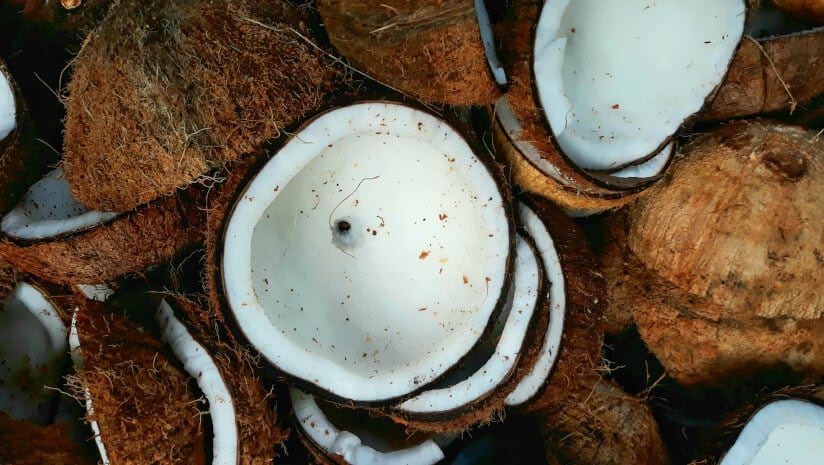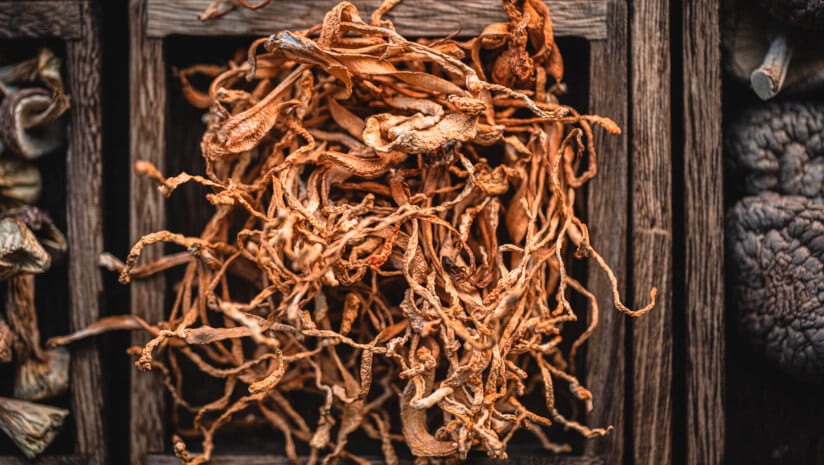Writing in the journal Frontiers in Microbiology, University of Toronto and the College of Dieticians of Ontario researchers identified Mannan-oligosaccharides (MOS), non-digestible carbohydrates that promote the growth of beneficial bacteria in the gut and are derived from the cell walls of yeast or plants.
MOS are a type of prebiotic and have pathogen-binding properties. They can prevent bacterial adhesion to epithelial cells including those within the urinary tract and intestinal epithelium.
The researchers demonstrated that the beta (plant) MOS derived from coconut inhibited the growth of several pathogenic bacteria in vitro, including E. coli and K. pneumoniae.
“We’re really excited about this as a very unique product that can provide many types of support for human health and for animal health,” study co-author Dr. Bradley Saville, PhD, told NutraIngredients.
“I see these prebiotics as being complementary to antibiotics. We’re going to have circumstances where antibiotics are needed…but to the extent that we can reserve the antibiotics for the most critical cases and rely on natural solutions to reduce the risk of infections in the first instance is what we need to do.”
The global problem
Antimicrobial resistance is a global health problem that becomes more prevalent each year. At least 1.27 million deaths a year can be attributed to bacterial AMR. Public health officials are calling the situation the ‘post-antibiotic era’ where alternatives are urgently needed to conventional antibiotics that can treat bacterial infection. Many of those antibiotics cannot combat resistant strains.
Next-generation antimicrobial treatments may include alternatives to antibiotics or antibiotic adjuvant therapies. MOS are of particular interest because they can reduce bacterial loads in vitro and in vivo for several pathogens.
The primary ways MOS inhibit pathogens are through interactions with highly conserved bacterial structures, such as cell walls and fimbriae (hair-like appendages found on the surface of many bacteria), the researchers wrote.
“In addition to the direct effects of MOS against various bacterial strains, MOS have also been shown to indirectly influence pathogen colonization within microbial communities by selectively promoting the growth of beneficial or commensal bacteria that compete with pathogens for resources, demonstrating a ‘prebiotic’ effect,” they explained.
Study details
The researchers screened Klebsiella pneumoniae, Listeria monocytogenes, Streptococcus mutans and E. coli strains against antibiotics like penicillin G, ceftazidime hydrate and clindamycin (all from Cayman Chemical). The four strains were also tested against gentamicin sulfate (AdipoGen).
GreenSage Prebiotics, the company established by study co-author Dr. Saville, provided the coconut-based novel prebiotic, Pretego.
The study findings showed high concentrations of MOS inhibited bacterial growth in vitro, while lower concentrations could promote growth. MOS can hamper the proliferation of fimbriated bacteria and that “inhibition effects are distinct, depending on the structure of MOS,” the researchers explained.
Using a combination of MOS and antibiotics also has led to encouraging results.
“There are certain pathogens that are already multi-drug resistant,” Dr. Saville said. “Not surprisingly, many of the antibiotics that we were testing had a very limited or even zero effect on K. pneumonia, which, of course, is worrying.
“When we combined those antibiotics with the mannan-oligosaccharides, several of those antibiotics were now effective. There is an interesting synergy between mannan-oligosaccharides and antibiotics. It can take an antibiotic that doesn’t work against the critical pathogen and make it work.”
The researchers suggested their findings align with a wide body of evidence that shows that mannose and mannose-based oligomers interact with pathogens and restrict their growth.
In contrast to conventional antibiotics, MOS do not have the same risk of promoting antibiotic resistance. They are bacteriostatic and not bactericidal and can foster intestinal health in their role as a prebiotic.
“These findings highlight the potential for soluble beta-linked MOS to be used to mediate bacterial infections as a lower-risk and cost-effective alternative to antibiotics,” the study noted. “Further research should be conducted to explore possible mechanisms of MOS and mannose derivatives for pathogen growth inhibition and antibiotic potentiation.”
Source: Frontiers in Microbiology. doi: 10.3389/fmicb.2025.1529081. “Manno-oligosaccharides as a promising antimicrobial strategy: pathogen inhibition and synergistic effects with antibiotics”. Authors: Rachel E. Asbury and Bradley A. Saville.



